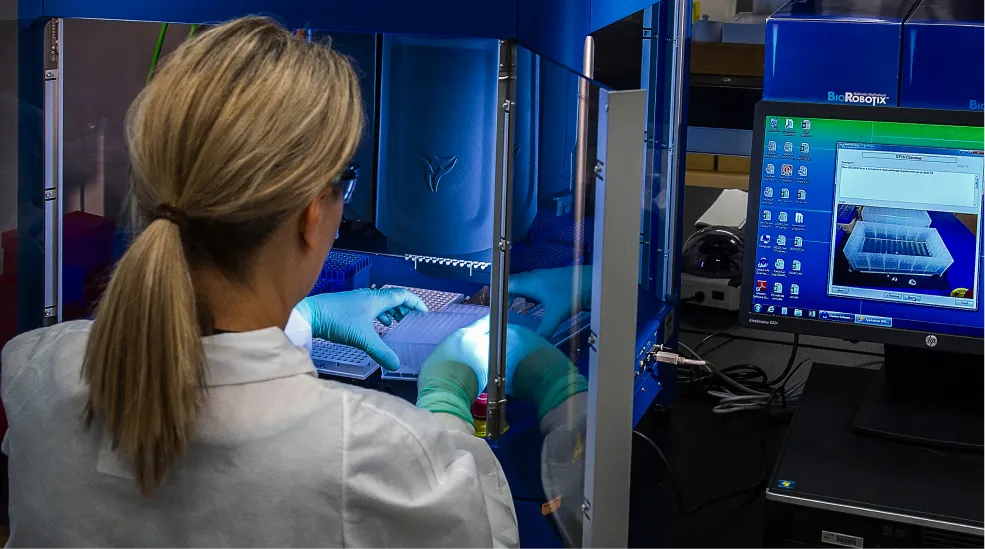Hospitals need a strong automation pill
It costs nearly $250 billion to process 30 billion healthcare transactions each year (15 billion faxes) and 86 percent of the mistakes in the healthcare industry are administrative, according to the Healthcare Information Management Systems and Society.
There might be a $177 million annual potential savings when using electronic claim submissions with a potential time savings of 1 minute per transaction, according to the 2018 Council for Affordable Quality Healthcare Index Report.
With such statistics round the corner, hospitals today require a strong automation pill! Healthcare organizations today face various challenges in the synchronization of information from various external and internal sources of medical history and financial papers-clinical applications, lab systems, insurance portals, and other disparate systems. There is a strong need to switch over to superior digital technology, that doesn’t burden the already-workaholic admin team with additional technical coding knowledge.
Here’s how RPA makes a difference in patient appointment scheduling.
Appointment Scheduling:
The RPA bot schedules patients’ appointments based on diagnosis, doctor availability, location, and other considerations including financial statements and insurance information, and provides streamlined front-office support and automated data collection and processing.
Reminders:
The total cost of missed healthcare appointments in the United States every year is an astronomical $150 billion according to Health Management Technology. Robot reminds the patients on their appointments through messages and e-mails and optimizes patient appointments.
Communication:
The bot provides transparency in the availability of doctors for patients’ appointments and alerts during unavailability. It also communicates between doctors, assistants, and other professionals on new appointments, modifications, and cancellation of existing appointments with the effective management of the medical database.
Bringing down errors:
Medical errors persist as the number three cause of death in the U.S. (next to heart disease and cancer) and claim the lives of 4,00,000 people each year. A study from the Harvard Medical Practice found that 70% of errors, resulting in adverse events, were considered to be secondary to negligence, and more than 90% were judged to be preventable.
Patient misidentification costs the average clinician close to 30 minutes in wasted time per shift and contributes to 35 percent of all medical claims being denied, which is an estimated loss of $17.4 million per year per hospital, according to research by The Ponemon Institute. RPA brings down error rates substantially.
Detailed Report:
The bot creates a detailed report on patients’ medical history and transfers it to the referral planning officer and doctors. RPA also enhances data confidentiality during transfers.
Subscribe to our newsletter
Get the latest updates from our team delivered directly to your inbox.
Related Posts
3 Genius ways to use RPA in your organization
RPA can help your organization handle data 10x times better. Read to explore the different ways.
9 Key Business Benefits of RPA
RPA, the next evolution of business operations provides huge benefits to enterprises by automating their manual and repetitive tasks, enabling humans to work on creative and logical tasks
A Guide to Extracting Multiple Tables from Web Page with UiPath
Data scraping is transforming the world with its applications. Digital businesses, Marketing and researchers are highly benefited by data scarping. Here is how to extract multiple tables from single webpage using Uipath.
